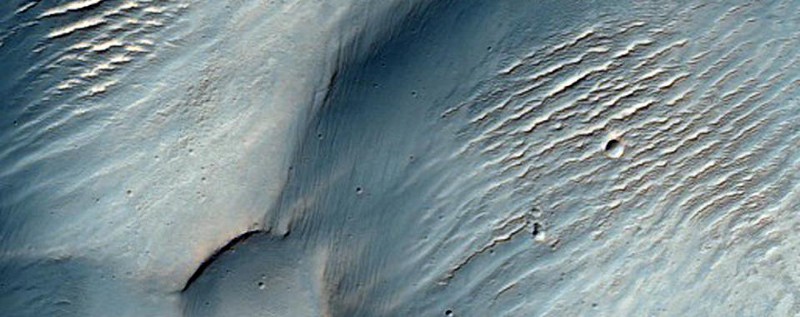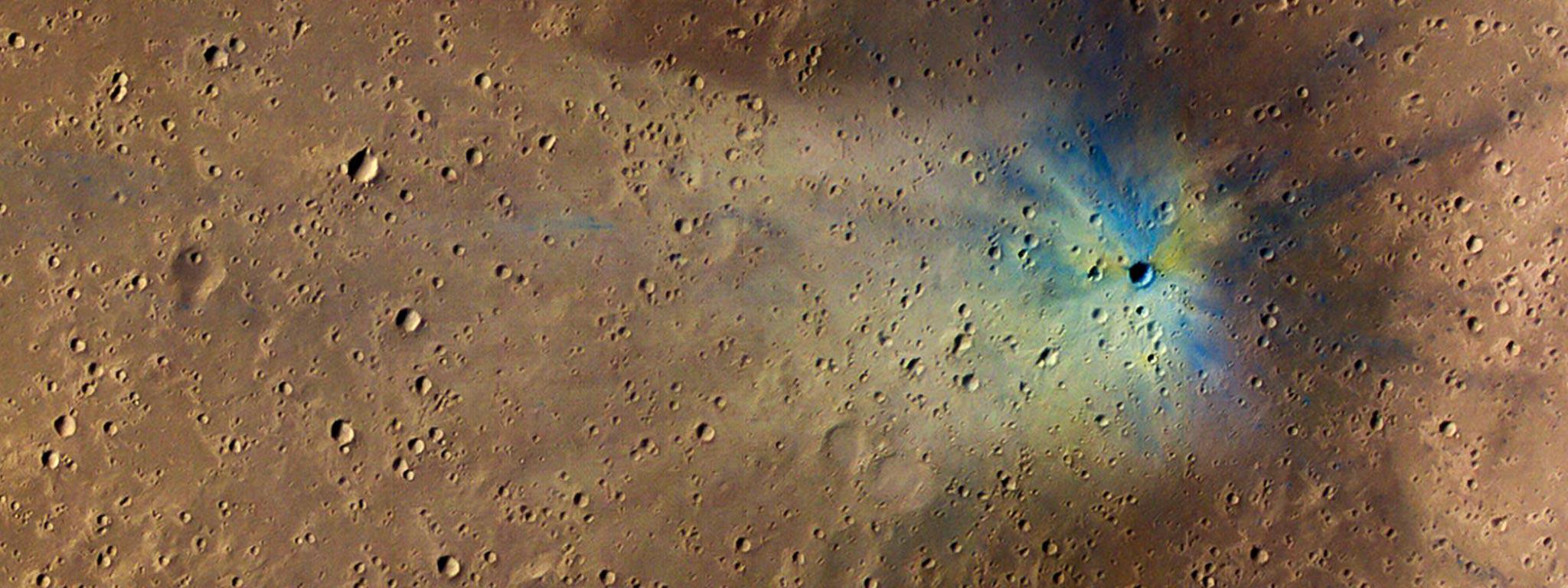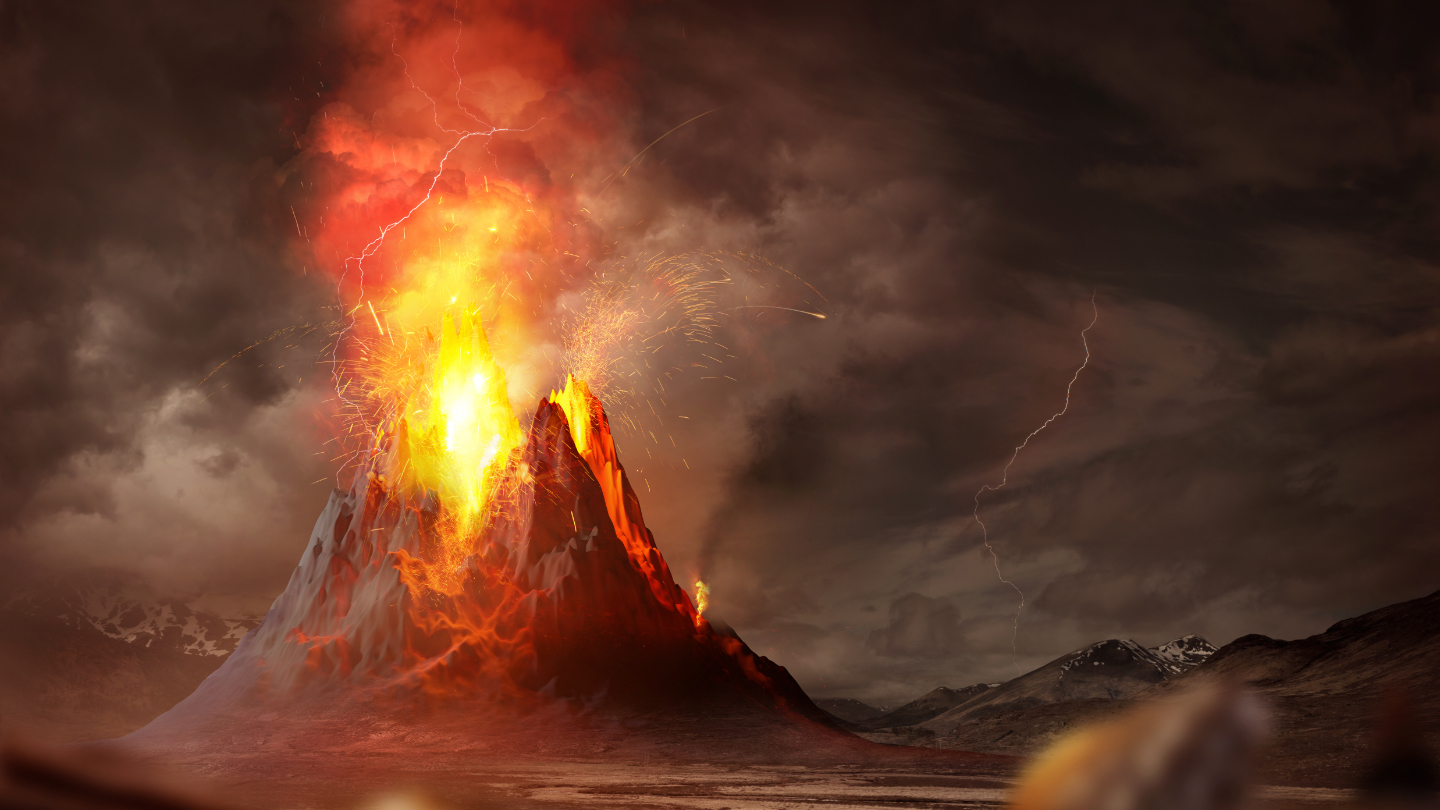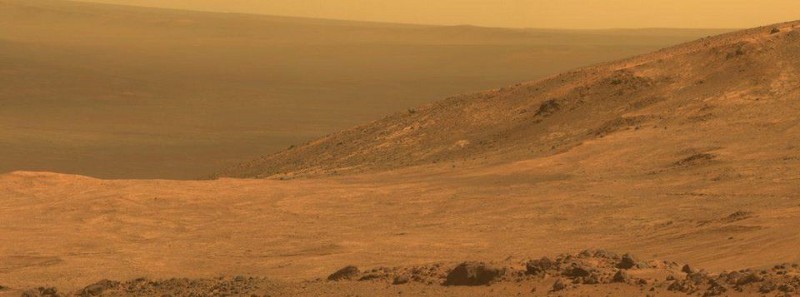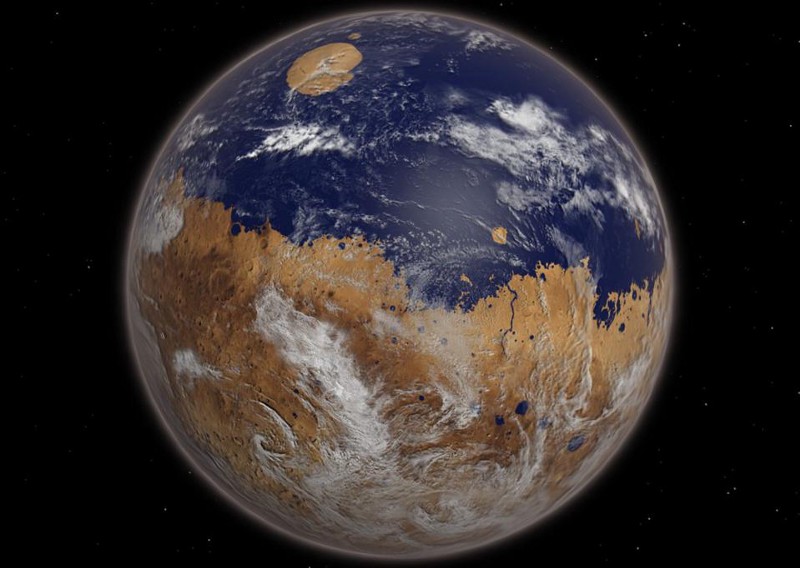Martian sands offer new look into the planet’s ancient climate
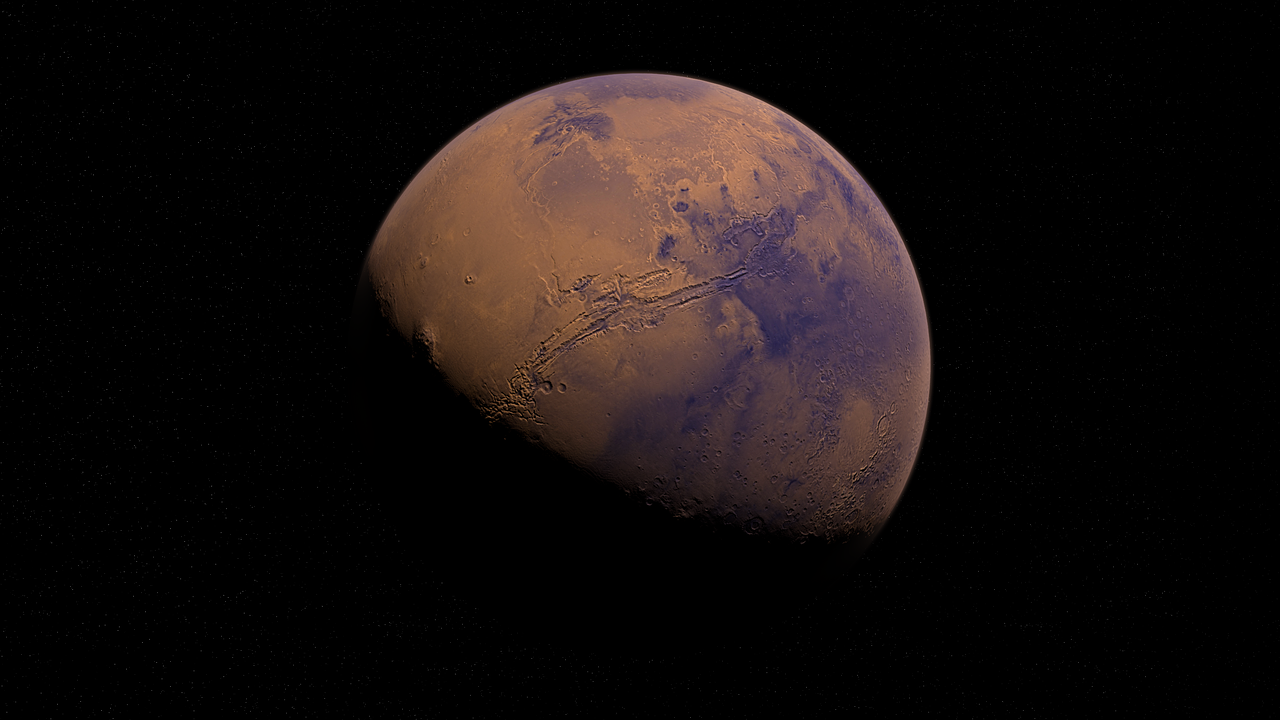
- A new study looks into craters for hints at the ancient Martian climate.
- By looking at the patterns of eroded dust in the craters, scientists could get a sense of how erosion impacts the Martian surface
- The findings suggest that water did once flow on Mars and narrows down the timespan when it may have done so.
Humanity has long been fascinated by the geography and climate of Mars. The possibility that Mars harbored canals captivated people for nearly half a century after the initial (and erroneous) reports of them in 1877. In 2012, NASA’s Curiosity rover found evidence suggesting that water once flowed in the Gale Crater millions of years ago. In May, the Perseverance rover began a mission that aims to answer perhaps the biggest question about the red planet: whether the planet was once — or still is — capable of harboring life.
Unraveling mysteries about the planet’s ancient past is key to understanding not only Mars, but how planets in general change over time. A study recently published in Geology examined the Martian landscape and how it evolved over the eons, offering new evidence for exactly how and when erosion was shaping the planet, and when it all turned into a dusty desert.
Craters on Mars are the “dominant sink for windblown sediments on Mars today.” The planet’s lack of plate tectonics comparable to anything seen on Earth also means that much sediment and the sedimentary rocks it forms are not eroded by a shifting surface, allowing for scientists to use craters as a tool for looking into the distant past.
By examining these “sinks” and comparing how much sand is in each location with climate simulations, maps of the ice table, and other factors like the estimated age of the craters, the authors could estimate how windblown sand is and has been moving across the martian surface for eons.
Peering into the ancient Martian climate
The authors analyzed data sets of 3,662 individual dune fields, which are large complexes of dunes stretching across the landscape, and 384,278 records of impact craters to determine where there were both craters and dune fields in the same locale. The volume of sand deposits in those craters was then calculated, with the other factors such as climate and age factored in, too.
For a given climate, which can change with latitude on Mars just as it does on Earth, the thickness of dust estimated to be in a crater can give insights into when rocks in certain areas were seeing particular erosion patterns.
The study authors wrote:
“Present-day dune fields accumulate over thousands of years but may be sourced from rocks that have been eroded over much longer periods of time. As a result, these accumulations of sediments represent a unique opportunity to better understand Mars’s past and present surface environments.”
The results suggest there have been stretches of time when erosion was occurring much more quickly on Mars than usual. Perhaps most importantly, evidence from certain craters suggests that during the Late Noachian and Early Hesperian eras — approximately 4,000 to 3,000 million years ago — the rate of erosion on Mars was remarkably high, hinting that water may have been flowing on the surface at the time.
This is easy to understand when you consider how quickly rocks erode when exposed to water and when they are only exposed to air. The accumulation of sand and dust in those craters formed during that epoch.
As the authors explained to Phys.org:
“Our study determines the timing and rates of sediment erosion and accumulation over Mars’ geologic history in a completely novel way, and for the first time quantifies a measure of the erodibility of each of the types of rocks we see on Mars’ surface. It is significant because we show that the abundance of sands blown by wind into craters on Mars’ surface can be linked to the climate history of the planet, unlocking a new way to understand when in geologic time Mars may have been habitable.”
The findings help shed light on how Mars, a planet thought to have once been much more Earth-like and perhaps even capable of harboring life, turned into the rusted desert that we find so fascinating today.
Perhaps someday, these findings can help us reshape the Martian landscape.
